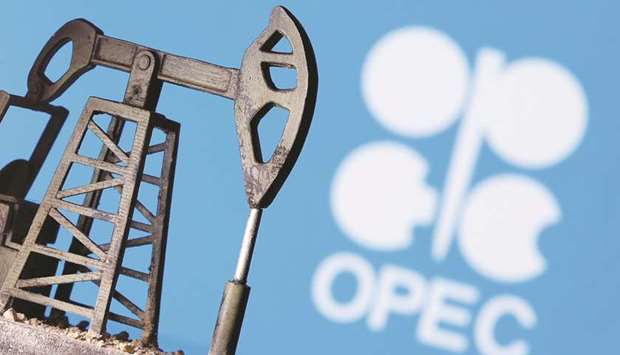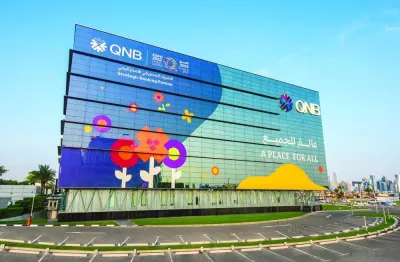A key Opec+ ministerial panel agreed yesterday on moving to the next phase of a pact on oil output cuts by easing reductions from August, an Opec+ source said.
The panel, known as the JMMC, also agreed on a compensation schedule by some countries who have produced above their targets in May and June, which means the effective oil cuts will be deeper even after curbs are formally eased, the source said.
Global oil demand will soar by a record 7mn barrels per day (bpd) in 2021 as the global economy recovers from the coronavirus crisis but will remain below 2019 levels, Opec said in its monthly report.
It was the first report in which Opec assessed oil markets next year.
It said the forecast assumed no further downside risks materialised in 2021 such as US-China trade tensions, high debt levels or a second wave of coronavirus infections.
“This assumes that Covid-19 is contained, especially in major economies, allowing for recovery in private household consumption and investment, supported by the massive stimulus measures undertaken to combat the pandemic,” Opec said.
Oil prices collapsed this year after global demand fell by a third when governments imposed lockdowns to stop the spread of the virus.
Opec said in 2020 oil demand would drop by 8.95mn bpd, slightly less than in last month’s report.
In 2021, it expects efficiency gains and remote working to cap demand growth, keeping demand below record 2019 levels.
Opec expects to cover the lion’s share of the massive projected demand spike in 2021 with demand for its crude rising by 6mn bpd to reach 29.8mn bpd.
From May 2020, Opec and allies led by Russia have been cutting output by nearly 10mn bpd, or a 10th of global demand, to help prop up oil prices.
Output in countries such as the US, Norway and Canada has also fallen, although they are not part of the Opec+ agreement on output cuts.
Opec said it expected non-Opec oil supply in 2020 to fall by 3.26mn bpd and rise by just 0.92mn bpd in 2021.
Opec said it saw no growth of output from the former Soviet Union in 2021 even though Russia, Kazakhstan and Azerbaijan have been curtailing output in tandem with Opec.
“I think Opec is betting that some of the wells that were shut in don’t come back due to reservoir damage in non-Opec countries.
But Opec isn’t immune to declines either,” said Amrita Sen, co-founder of the think-tank, Energy Aspects.
She said Opec’s demand recovery predictions could prove optimistic.
Energy Aspects see demand bouncing back by about 5mn bpd next year.
Opec said it expected US output in 2021 to grow by just 0.24 mn bpd after falling by 1.37 mn bpd in 2020 and a rise of 1.7 mn in 2019.
Opec said it had cut supply in June by a further 1.89mn bpd to 22.27 mn bpd, based on secondary sources the group uses to monitor its output.
That amounts to more than 110% compliance with the pledges, according to a Reuters calculation, up from May’s estimate of 84%.

A 3D printed oil pump jack is seen in front of the displayed Opec logo in this illustration picture (file). A key Opec+ ministerial panel agreed yesterday on moving to the next phase of a pact on oil output cuts by easing reductions from August, a source said.


